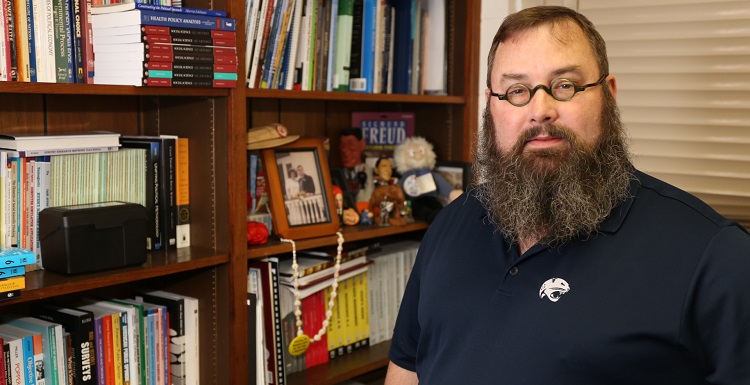Toss Out the Polls? Not So Fast
Posted on November 9, 2016

Many Americans who studied political polls for the presidential election were stunned when Donald Trump won. Overall, the polls predicted a win for Hillary Clinton, despite one or two polls, such as the Los Angeles Times and Investor’s Business Daily, that consistently declared Trump several points ahead.
Now, some voters are questioning the validity of all those polls. However, Dr. Thomas Shaw, associate professor of political science at the University of South Alabama and director of the USA Polling Group/Survey Research Center, an academic survey research center, predicts political polls will continue to be a relevant part of politics for the following reasons:
- We need information on what people think, feel and do.
This information can be gained in numerous ways, such as town halls, focus groups and even anecdotes from key stakeholders. While the information these methods produce is often important to have in conjunction with polling data, these methods cannot produce or replace the type of information that polling data provides: generalizable information regarding large populations.
- Polling is the most accurate way to obtain generalizable information about what large populations of people are thinking, feeling and doing.
They may not always be 100 percent correct, but representative sample-based polling remains the most accurate way to obtain information about what large groups of people think, feel and do.
- Polling is also the most cost-effective way to obtain generalizable information about what large populations of people are thinking, feeling and doing.
No other methodology can produce the same type of information at a similar level of cost. Sample-based polling, while expensive, is far cheaper than the alternative of conducting a census.
- Just as polling has improved considerably since the infamous Literary Digest Poll of 1936 (which predicted Alf Landon to win the 1936 presidential election, and he won only two states), it will continue to improve today and into the future.
Each method of polling, such as face-to-face, telephone and Internet, has a range of benefits, limitations and costs. As we move forward, improvements will be made in each of these methodologies and new methodologies will likely be uncovered.
- Margins of error are critical to interpreting polling results.
Even with improvements in polling, Shaw said, there is always room for error. Each poll, in fact, has a listed margin of error, which indicates how much variation there might be if multiple polls were taken of similar samples from a given population. Thus, if a poll showed candidate A had 48 percent of the vote and candidate B had 46 percent of the vote and there was a margin of error of +/-3 percent, one could not say that candidate A was truly leading candidate B. This is due to the fact that candidate A might actually have as little as 45 percent of the vote and candidate B might actually have as much as 49 percent of the vote.
Shaw earned his undergraduate and master’s degrees at the University of Southern Mississippi. He received his doctorate at the University of New Orleans. His research and teaching interests include research methods, public policy and health policy, and health administration. He is also considered an expert in the areas of public policy analysis and evaluation as well as strategic planning. To learn more about the USA Polling Group/Survey Research Center, visit its website.





